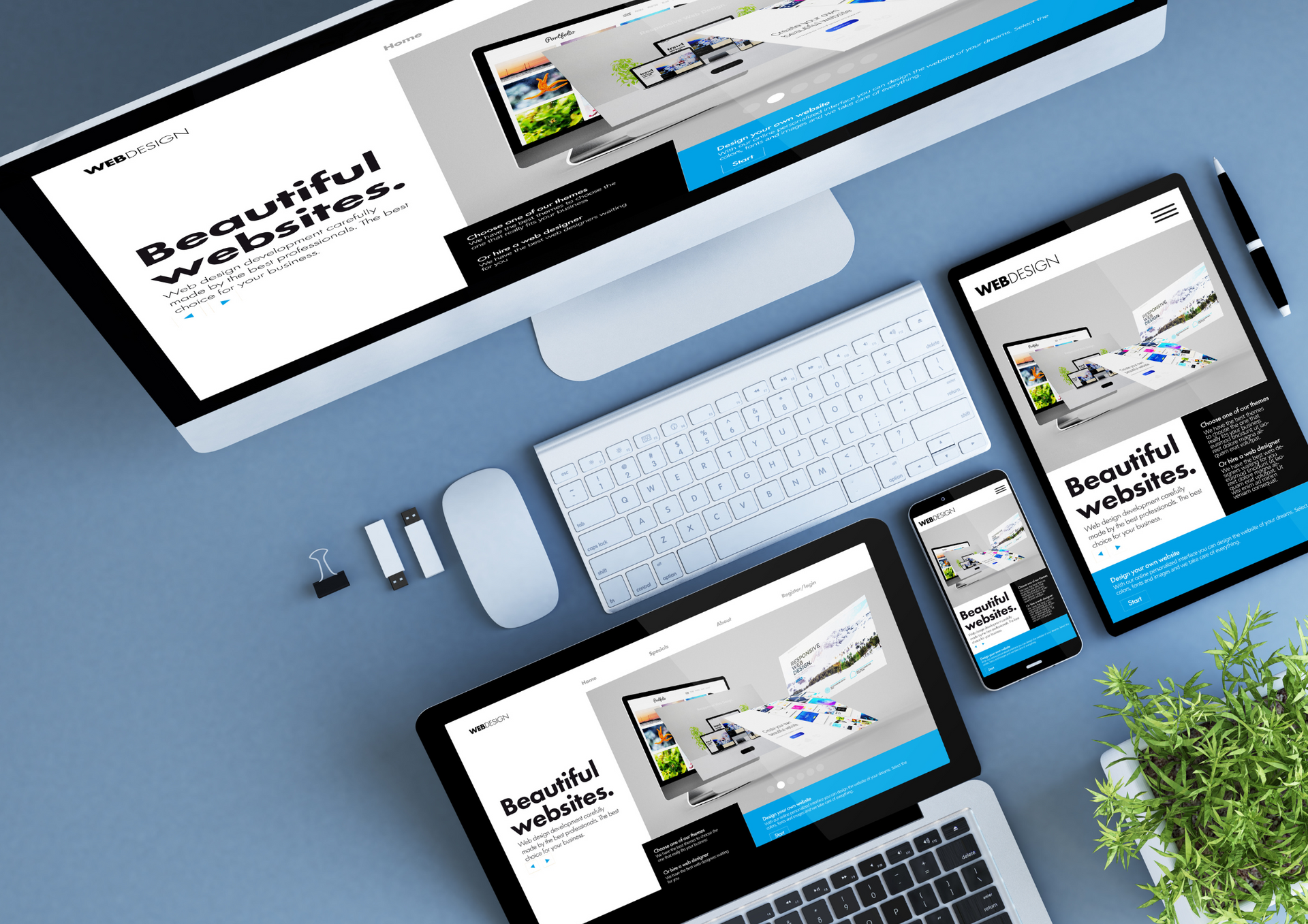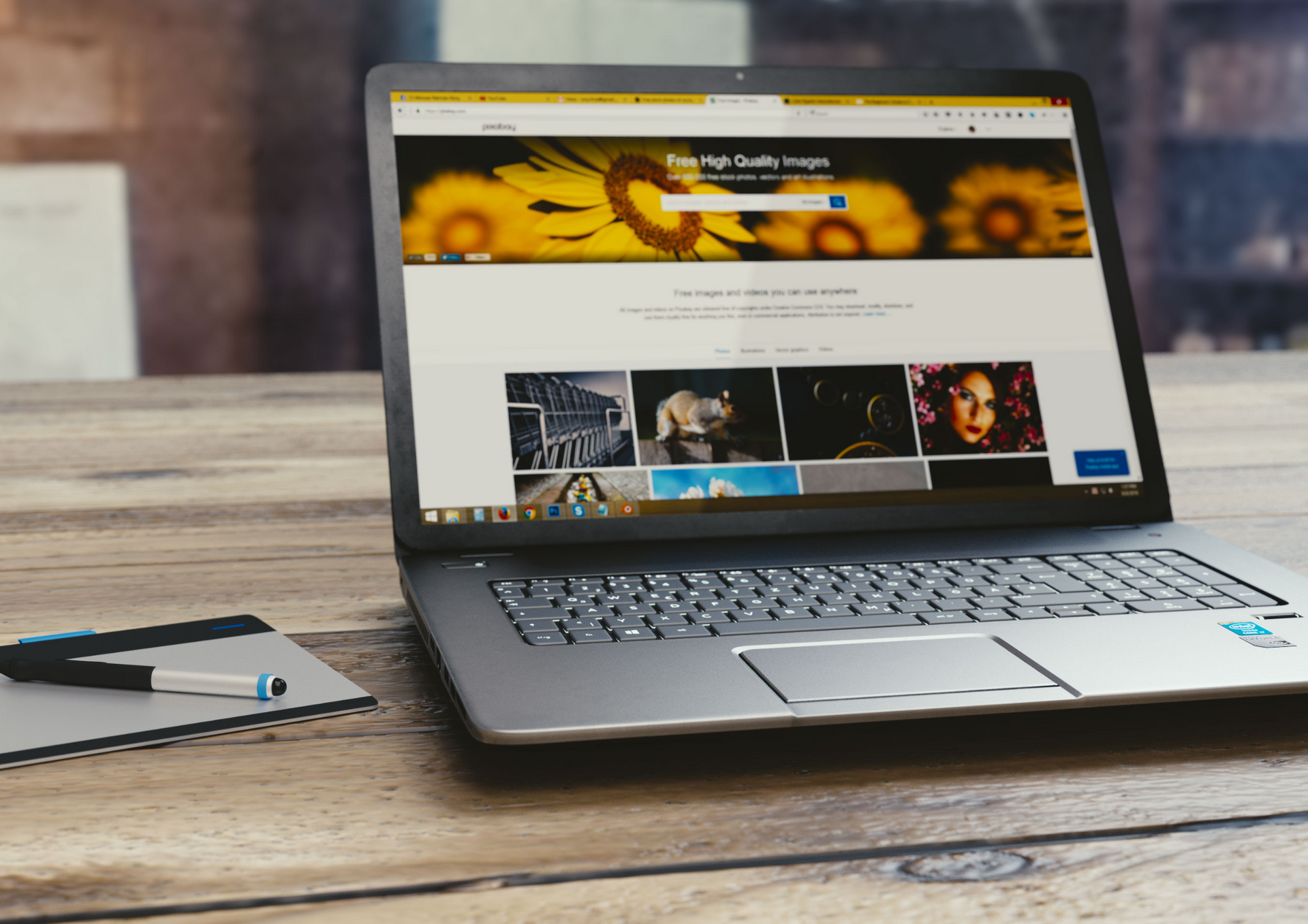Starting a new business is exciting, but it comes with its fair share of challenges—particularly when it comes to building a professional online presence. For homeware brands, health and wellness businesses, and retail entrepreneurs, a well-designed website is essential for attracting customers, showcasing products, and establishing credibility. Understanding the cost of web design is a critical first step for startups who want to balance quality with budget.
Many startups assume that design is either prohibitively expensive or that cheaper options compromise professionalism. The truth lies somewhere in between. With careful planning, prioritisation, and smart decision-making, it’s possible to achieve a website that is both functional and visually appealing without overspending.
In this post, we explore budget-friendly tips, break down typical costs, and offer guidance on maintaining website.
Understanding the Cost of Web Design
The cost of web design is not a one-size-fits-all figure. Several factors influence how much a startup can expect to pay, including the website’s complexity, number of pages, functionality, and design style. Startups often have to choose between DIY website builders, template-based solutions, or fully custom designs.
DIY website builders such as Wix or Squarespace are popular among startups for their simplicity and low upfront costs. These platforms allow you to create a website using pre-designed templates, which can reduce initial expenses. However, they often come with limitations in flexibility, scalability, and advanced features, which might become costly in the long run if you need to migrate to a more robust platform.
Template-based solutions are a middle ground. They offer professionally designed layouts that can be customized to reflect a brand’s identity. While these are typically more affordable than custom designs, the cost will increase depending on the level of customisation required and additional functionalities like e-commerce or booking systems.
A fully custom website offers the most flexibility, allowing a startup to stand out in a competitive market. Although this option generally involves higher upfront costs, it ensures that the website is tailored to the business’s exact needs, future-proof, and optimised for performance and user experience.
By understanding these different approaches, startups can make informed decisions about where to invest their budget for maximum impact without unnecessary overspending.
Breaking Down Website Design Prices
One of the most common questions startups ask is about website design prices. The price of a website can vary widely depending on several key factors:
- Number of pages: A small business website with five to ten pages is naturally less expensive than a larger e-commerce site with dozens of product pages.
- Functionality: Features such as online stores, booking systems, membership areas, or advanced forms can increase costs significantly.
- Design complexity: Custom graphics, animations, and intricate layouts require more design and development time.
- SEO and optimisation: Ensuring the website is optimised for search engines and mobile devices is essential but can add to the initial investment.
- Branding requirements: A website that incorporates unique branding elements, professional photography, or video content will typically cost more.
For startups, small business websites often range from £1,500 to £5,000, while more complex or custom-built sites can exceed £10,000. By breaking down these costs, business owners can plan their budget effectively and avoid unexpected expenses.
Reducing the Cost to Build a Website
Startups often seek ways to reduce the cost to build a website without compromising on quality. One effective strategy is to prioritise essential features during the initial launch. Focus on core pages and functionalities that drive conversions, such as the homepage, product or service pages, contact forms, and a blog. Additional features can be added as the business grows.
Another way to save is by preparing all content in advance. Having product descriptions, images, logos, and brand guidelines ready can significantly reduce design time and associated costs. Startups should also consider pre-designed templates that offer a professional look with less development effort.
Outsourcing elements strategically is another cost-saving option. For instance, hiring freelance copywriters or photographers for specific tasks can be more affordable than paying a higher rate for a full-service agency. By carefully planning and managing the website build, startups can launch a professional site on a tight budget while maintaining scalability for future growth.
Considering Ongoing Website Maintenance Cost
Once a website is live, ongoing support is crucial. Ignoring maintenance can lead to security vulnerabilities, slower loading times, and outdated content—all of which affect user experience and search engine rankings. Understanding website maintenance cost helps startups plan for these ongoing expenses.
Maintenance typically includes software updates, security monitoring, content updates, backups, and performance checks. Many web design agencies offer maintenance packages tailored to startups, which can be more cost-effective than paying for ad-hoc support. Some platforms, such as WordPress, also provide plugins and tools to streamline maintenance tasks, helping reduce costs further.
By planning for maintenance costs from the outset, startups can ensure their websites remain secure, functional, and effective over time, avoiding costly issues down the line.
Is a Custom Website Design Worth the Investment?
Investing in a custom website design cost may seem daunting, but it can be a strategic move for startups aiming to establish a strong brand identity. A custom-built website is tailored specifically to the business’s goals, target audience, and industry standards, offering unique advantages over templates or DIY options.
Custom websites allow for flexible design, seamless integration of advanced features, and scalability as the business grows. They also enhance brand credibility, improve user experience, and provide better opportunities for SEO optimization. While the upfront cost is higher, the long-term benefits often justify the investment, particularly for startups seeking professional, results-driven solutions that can scale alongside their business ambitions.
Startups with a clear vision and long-term growth strategy are likely to see higher returns from a custom solution, making it a valuable investment despite the initial outlay.
Understanding the
cost of web design is essential for startups aiming to create a professional online presence without overspending. By evaluating different approaches—DIY, templates, or custom designs—business owners can make informed decisions that align with their budget and growth goals.
At
ETA Web Design Tunbridge Wells, we specialise in creating professional, scalable, and results-driven websites for startups and small businesses. Our team understands the challenges entrepreneurs face when launching a business, and we provide tailored solutions that balance quality and budget.
We focus on building websites that are not only visually appealing but also optimised for performance, mobile responsiveness, and user experience. From small business sites to fully custom e-commerce solutions, we guide clients every step of the way to ensure their online presence is effective, professional, and sustainable.
Don’t miss it on X:
Cost of web design for startups – how to stay budget-friendly!





